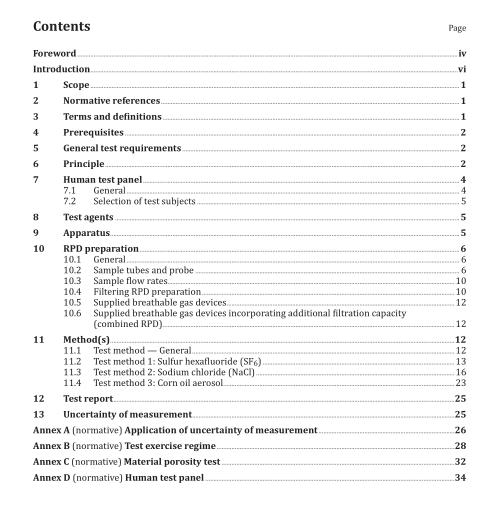
" An Alternative Design Method for the Seismic Retrofit of RC Moment Resisting Frame Buildings with Viscous Dampers." Journal of Earthquake Engineering 10.1080/13632469.2019.1684400 Online publication date: November 2019 Huang Hua Huang Min Zhang Wei Guo Mengxue Liu Boquan " Progressive collapse of multistory 3D reinforced concrete frame structures after the loss of an edge column." Structure and Infrastructure Engineering 10.1080/15732479.2020.1841245 Online publication date: January 2021 Nandi Tarak N. Węgrzyński Wojciech Lipecki Tomasz " Fire and Smoke Modelling." Handbook of Fire and the Environment 10.1007/978-6-1, 2731-36382731-3646 Rajeswaran Gobirahavan Wijeyewickrema Anil C. Local building codes will find this standard an essential reference in their

Structural engineers, architects, and those engaged in preparing and administering Loads are also adopted by reference by both IBC and NFPA model building codes.

Many other provisions including calculations for wind and snow
#Asce 7 pdf free download code#
The 2006 International Building Code and the 2006 NFPA 5000 Building ConstructionĪnd Safety Code. TheĮarthquake load provisions in ASCE 7-05 are substantially adopted by reference in This volume and are not available anywhere else.ĪSCE/SEI 7-05 is an integral part of building codes in the United States. The updates, which comprise Supplement No.
#Asce 7 pdf free download full#
1, which is included with the standard, ensures full andĬomplete coordination between ASCE/SEI 7-05 and the 2006 International BuildingĬode. Revisions in the provisions for determining live, flood, wind, snow, and atmospheric Significantly reorganized provisions for seismic design of structures, as well as

This standard, a complete revision of ASCE/SEI 7-02, includes revised and Their combinations, which are suitable for inclusion in building codes and otherĭocuments. Soil, flood, wind, snow, rain, atmospheric ice, and earthquake loads, as well as Requirements for general structural design and the means for determining dead, live, He is a member of the ASCE 7 Wind Load Task Committee and the ASCE 7 Main Committee.Minimum Design Loads for Buildings and Other Structures provides Coulbourne, P.E., is director of Wind and Flood Hazard Mitigation for the Applied Technology Council, with his office located in Rehoboth Beach, Delaware. He is lead author of the Guide to the Use of Wind Load Provisions of ASCE 7-95, ASCE 7-98, and ASCE 7-02. He served as chairman of the ASCE 7 Task Committee on Wind Loads for ASCE 7-88 and ASCE 7-95. Mehta, Ph.D., P.E., Horn Professor of Civil Engineering, is the founder and former director of Wind Science and Engineering Research Center at Texas Tech University, Lubbock, Texas. This book is an essential reference for practicing structural engineers who design buildings and structures, as it offers the most authoritative and in-depth interpretation of the wind loads section of ASCE Standard 7-05. Wind Loads also addresses new provisions introduced in ASCE 7-05. Users of this guide will benefit from the 13 worked examples and more than 30 frequently asked questions, grouped by topic.

This revised and updated guide provides users with an overview of the provisions and a detailed explanation of recommended design procedures. This helpful guide focuses on the wind load provisions of Minimum Design Loads for Buildings and Other Structures, Standard ASCE/SEI 7-05, as they affect the planning, design, and construction of buildings for residential and commercial purposes.


 0 kommentar(er)
0 kommentar(er)
